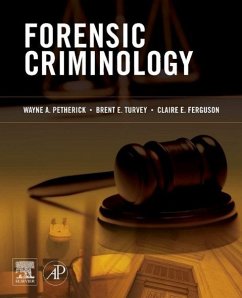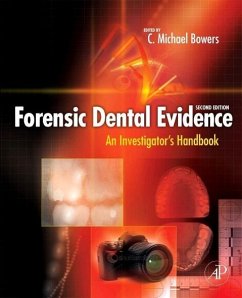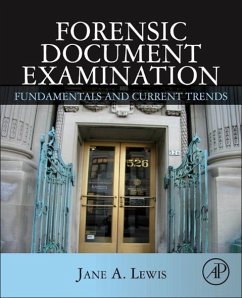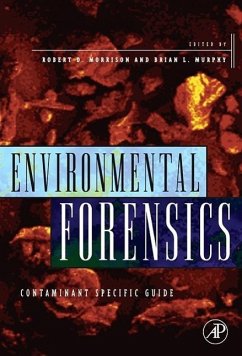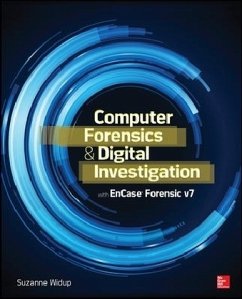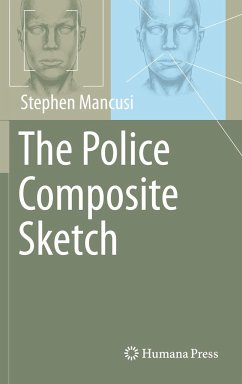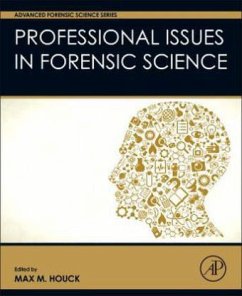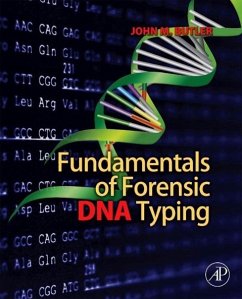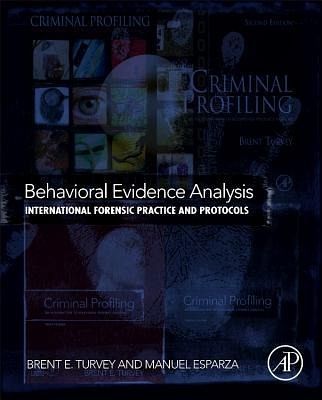
Behavioral Evidence Analysis
International Forensic Practice and Protocols
Herausgegeben: Turvey, Brent E.; Esparza, Manuel

PAYBACK Punkte
32 °P sammeln!
The criminal profiling community can easily be split into two separate groups: those that have written criminalprofiles and those that have not. It is an important distinction, because report writing is one of the mostimportant requirements of good scientific practice. The process of writing up findings helps to reveal flaws inan examiner's logic so that they can be amended or revisited; the final report memorializes findings and theirunderlying basis at a fixed point in time; and as a document a forensic report provides the best mechanism fortransparency and peer review. The problem is that m...
The criminal profiling community can easily be split into two separate groups: those that have written criminalprofiles and those that have not. It is an important distinction, because report writing is one of the mostimportant requirements of good scientific practice. The process of writing up findings helps to reveal flaws inan examiner's logic so that they can be amended or revisited; the final report memorializes findings and theirunderlying basis at a fixed point in time; and as a document a forensic report provides the best mechanism fortransparency and peer review. The problem is that many criminal profilers have not written criminal profiles,and still more prefer that this remain the case, often to conceal their lack of methodology.
The contributors to this volume have travelled the world for more than a decade to lecture on the subjects ofcrime scene analysis and criminal profiling. The result has been a steady stream of requests from educationalinstitutionsand government agencies alike to teach the application of criminal profiling theory. Everyonehas read the books, everyone has attended the lecture; but few have experience with hands on practice andapplication. In other words, there is a growing number of serious professionals who want to know how to puttheory into practice and then learn what it means to put their findings into written form.
Behavioral Evidence Analysis: International Forensic Practice and Protocols has been written as a companiontext to Turvey's Criminal Profiling, now in its fourth edition. It is meant to provide the legion of instructors thatare teaching criminal profiling as a subject with real world examples of case reports. It is also meant to serveas a desk reference for professionals that are writing crime scene analysis and criminal profiling reports, toenable sampling of structure, terminology, and references.
The contributors to this volume have travelled the world for more than a decade to lecture on the subjects ofcrime scene analysis and criminal profiling. The result has been a steady stream of requests from educationalinstitutionsand government agencies alike to teach the application of criminal profiling theory. Everyonehas read the books, everyone has attended the lecture; but few have experience with hands on practice andapplication. In other words, there is a growing number of serious professionals who want to know how to puttheory into practice and then learn what it means to put their findings into written form.
Behavioral Evidence Analysis: International Forensic Practice and Protocols has been written as a companiontext to Turvey's Criminal Profiling, now in its fourth edition. It is meant to provide the legion of instructors thatare teaching criminal profiling as a subject with real world examples of case reports. It is also meant to serveas a desk reference for professionals that are writing crime scene analysis and criminal profiling reports, toenable sampling of structure, terminology, and references.




